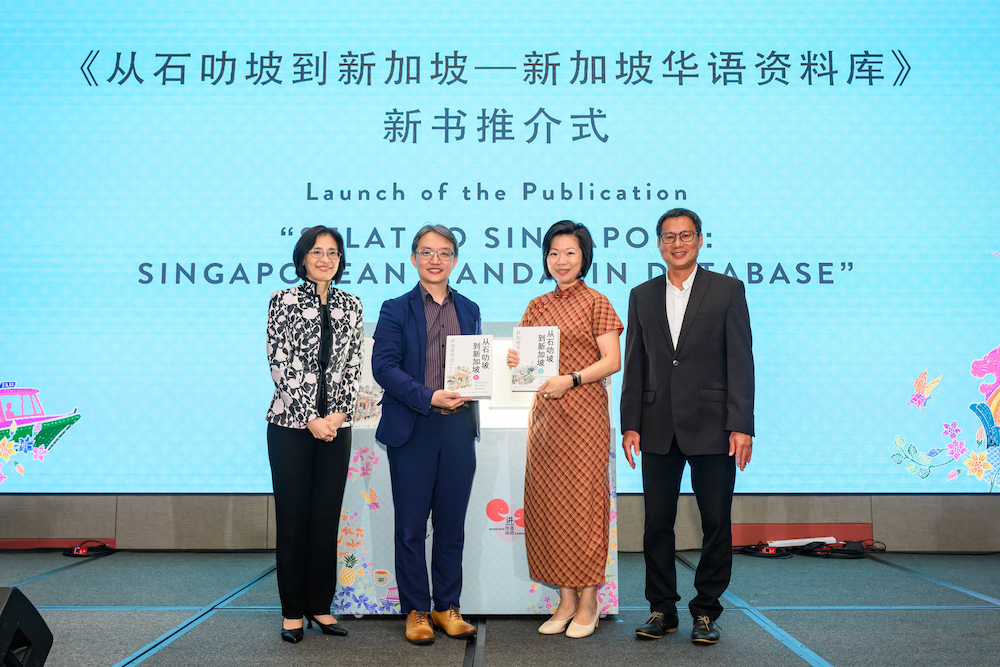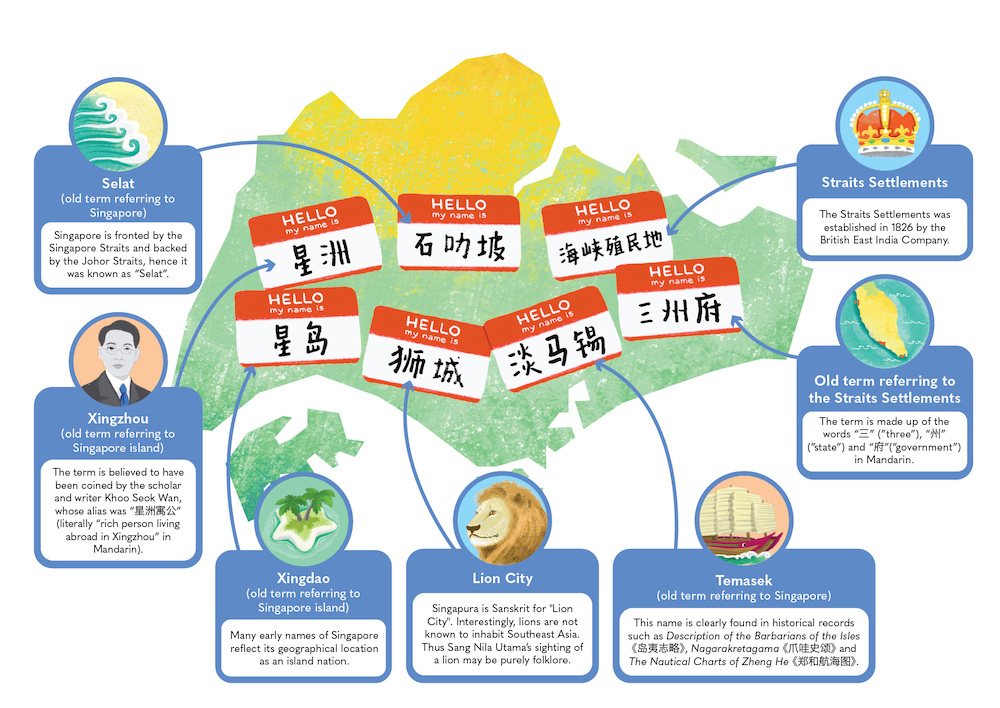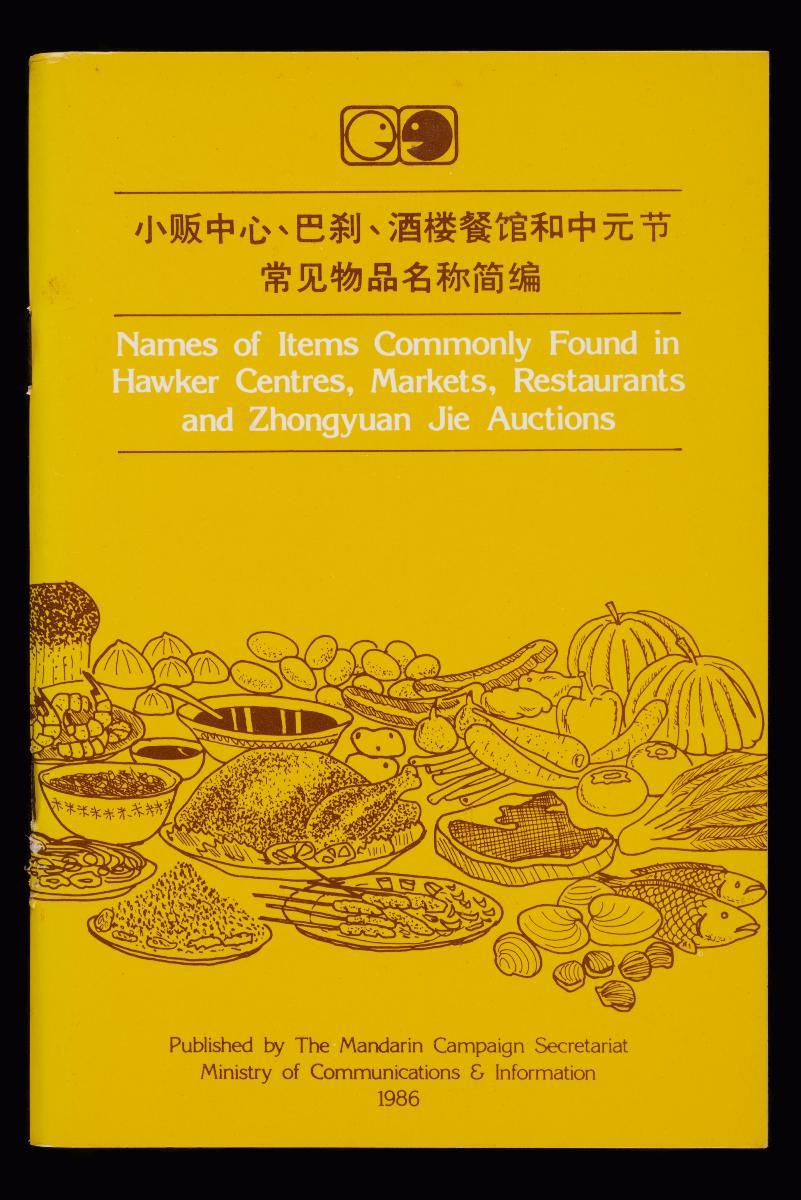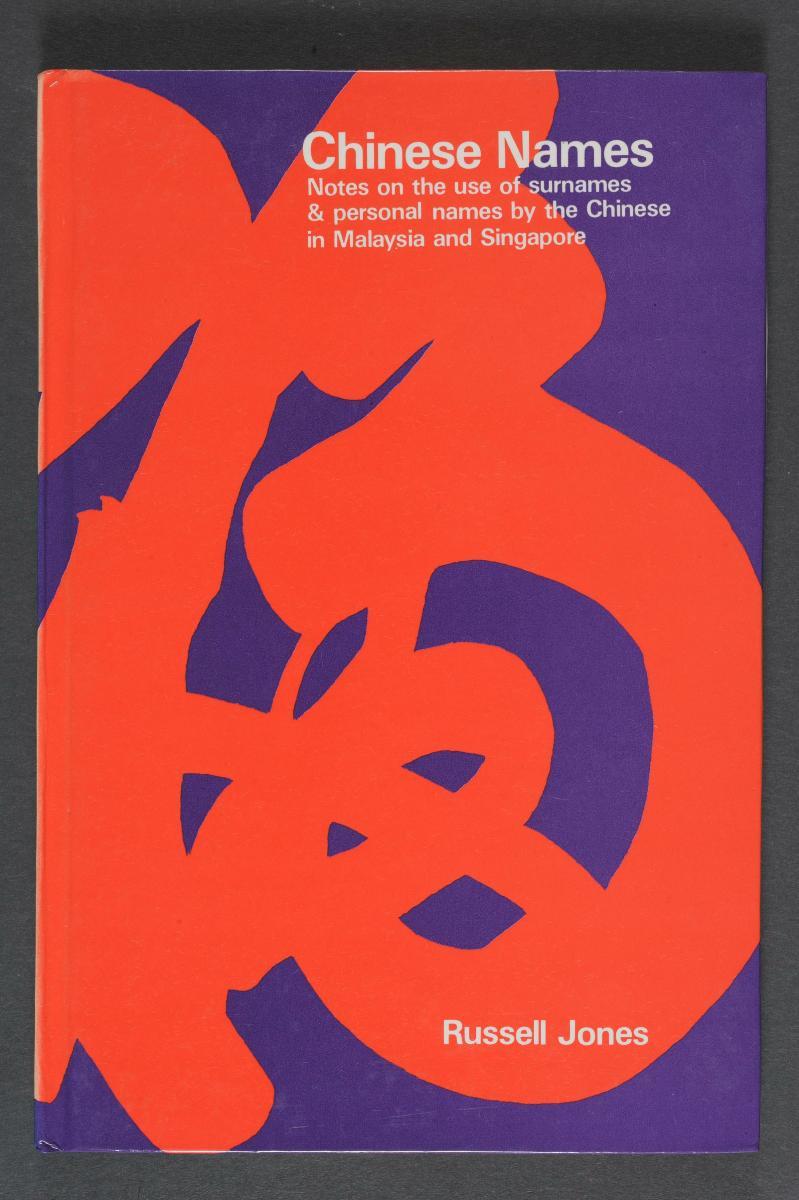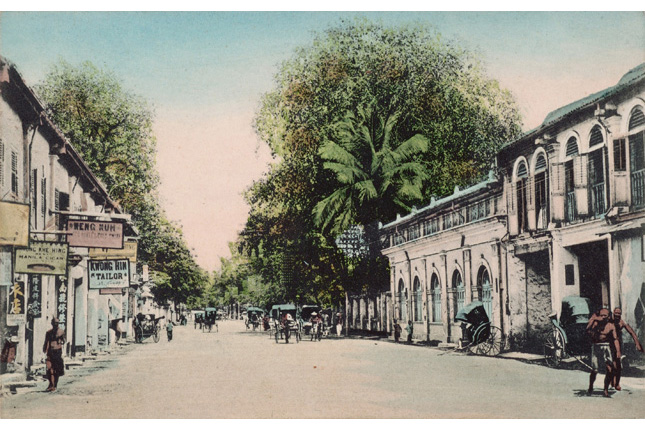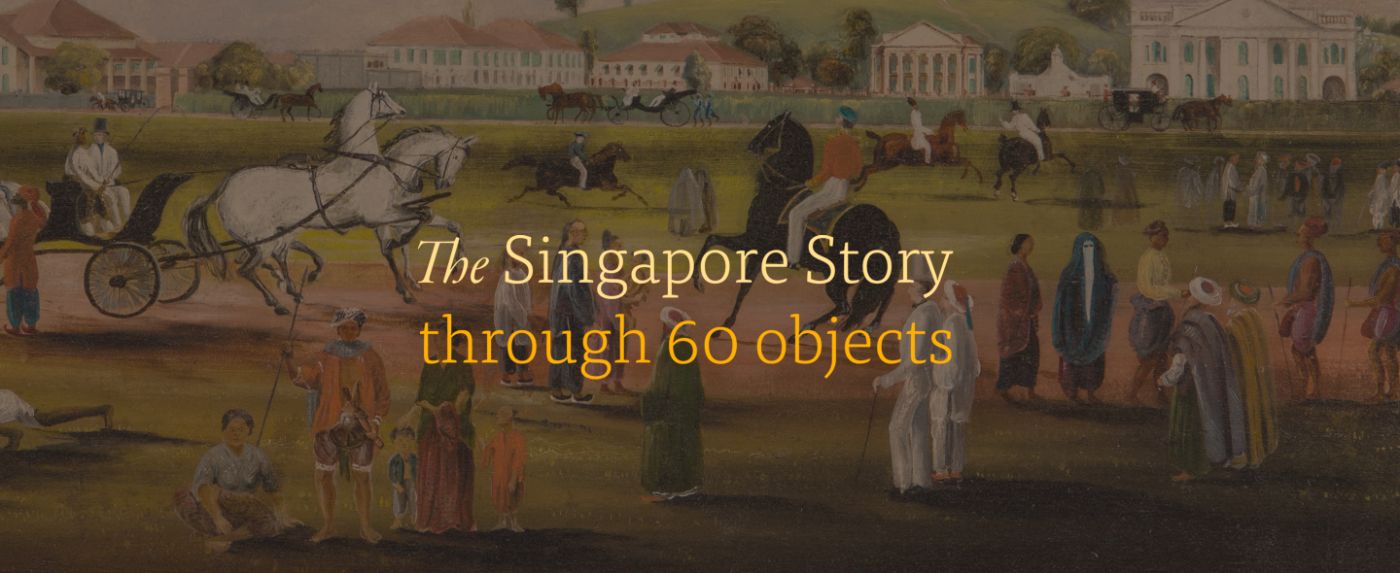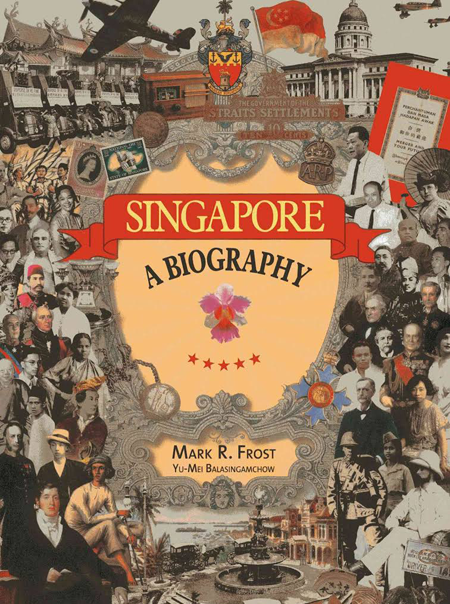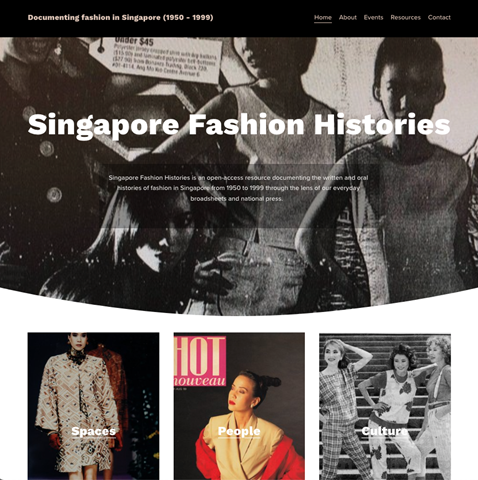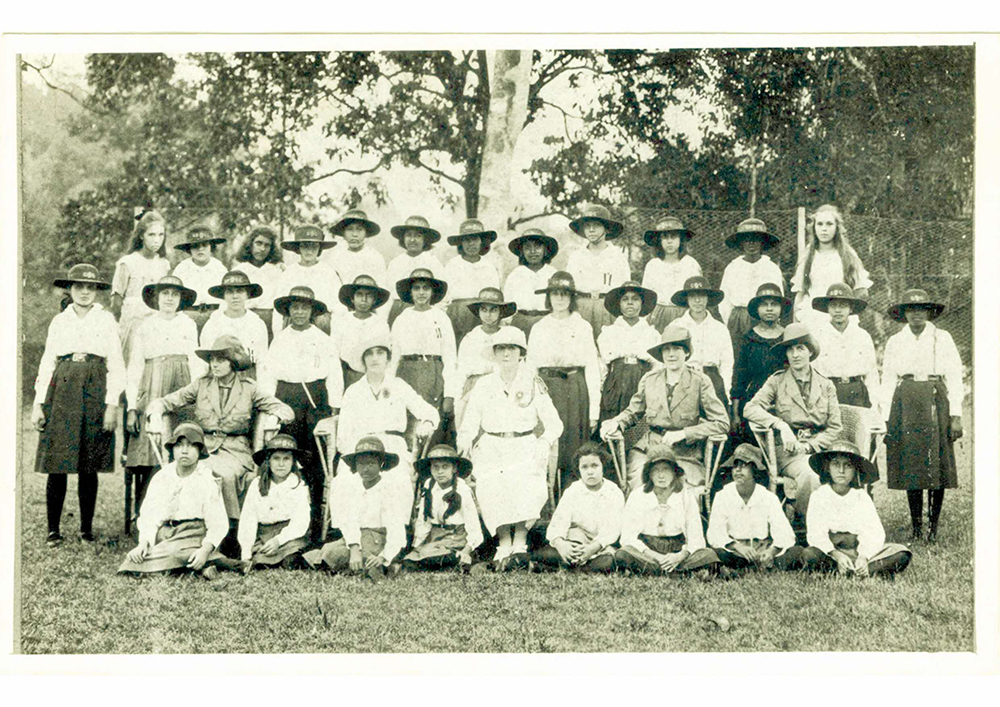Singapore is approaching its 60th year of independence in 2025. While we celebrate Singapore’s achievements in social and economic development, we should not forget the rich cultural heritage that has also shaped our nation's identity. One often overlooked aspect is language — the words we use often reflect our unique history, culture and shared experiences. The Singaporean Mandarin Database captures local terms in use from past to present and offers valuable insight into how Mandarin used in Singapore has evolved over time, reflecting the nation’s development.
Launched in 2019 by then Prime Minister Mr Lee Hsien Loong, the Singaporean Mandarin Database is a collection of Mandarin terms that have cultural, historical or sentimental value unique to Singapore. Compiled through years of extensive research, the database features more than 1,000 Mandarin terms commonly used in Singapore. For each term, the database provides in-depth information including definitions, etymologies, related information, example sentences, and equivalent terms used in other Mandarin-speaking regions. These terms, shaped by Singapore's multiracial, multicultural, and multilingual environment, reflect the unique identity of the Singaporean Chinese.
Take for instance the Mandarin names that Singapore has been associated with across time. Terms like “淡马锡” (“Temasek” in Mandarin) and “狮城” (“Lion City” in Mandarin) are not just simple translations, but carry rich historical context. (Click here to follow along with the pronunciations!) These names have been compiled from various sources, with data carefully analysed from reference materials such as books, journals, newspapers, historical documents, and interviews to understand their origins and usage in local context. Let us delve into seven Mandarin names that each tell a part of Singapore’s story.
During Singapore’s colonial period, the Straits Settlements of Singapore, Penang, and Malacca were collectively known in Mandarin as “海峡殖民地” and “三州府” under the British administration. While “海峡殖民地” is simply a literal translation of “Straits Settlements”, the term “三州府” contains the term “州府”, the origins of which can be traced back to an administrative system set up in Tang-dynasty China.
Some of Singapore’s names were derived from the Malay language, highlighting the multicultural nature of Singapore’s society. “淡马锡”, or Temasek, originated from the Malay word tasek, which means “lake”, and is extended to mean “a place surrounded by water”. The name “石叻坡” originated from the Malay word selat meaning “straits”.
“星洲” and “星岛” are poetic names to describe Singapore. The character “星” (“star” in Mandarin) is transliterated from the first syllable of “Singapore”, while “洲” and “岛” both mean “island”. These names, together with “淡马锡” or “石叻坡”, reflect Singapore’s status as an island nation surrounded by the sea and an important maritime port connecting the East and the West.
“狮城”, which means “Lion City”, is perhaps the most famous name associated with Singapore. This name emerged from the legend of Prince Sang Nila Utama, who encountered a beast he believed to be a lion. Considering the beast auspicious, the prince decided to build his empire on the new island.
This legend and the symbolic lion head have become integral to Singapore’s national identity.
Each of Singapore’s names captures a unique moment in our history. Through documenting these names, the terms in the Singaporean Mandarin Database preserve not only vocabulary, but also our cultural identity.
Explore these names and other unique Singaporean Mandarin terms in the Singaporean Mandarin Database here and the freshly launched Selat to Singapore – Singaporean Mandarin Database publication here. This bilingual publication features comprehensive content from the database alongside insightful articles on Singaporean Mandarin by language experts and practitioners.
Listen to how the 7 featured Mandarin terms for Singapore are pronounced here.




